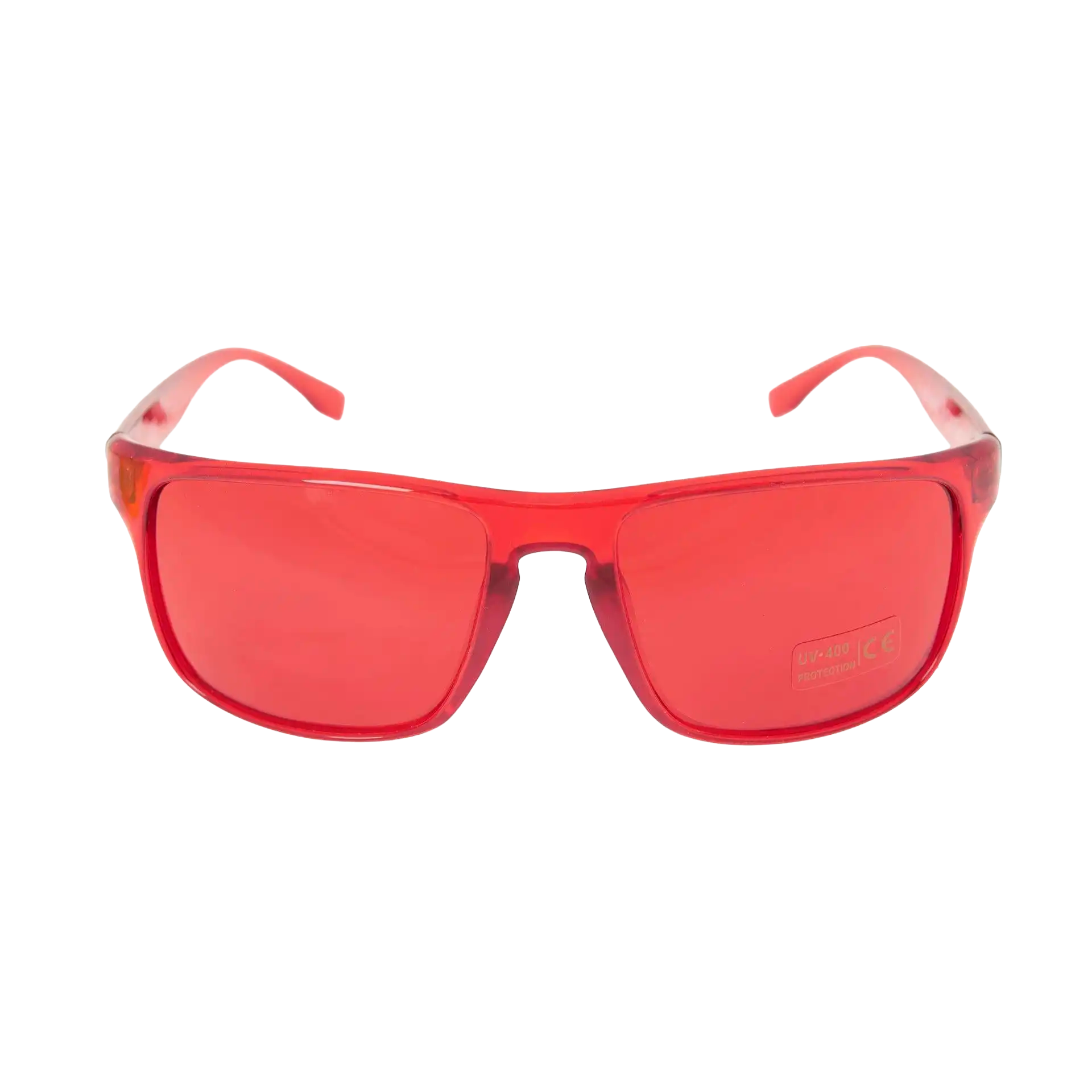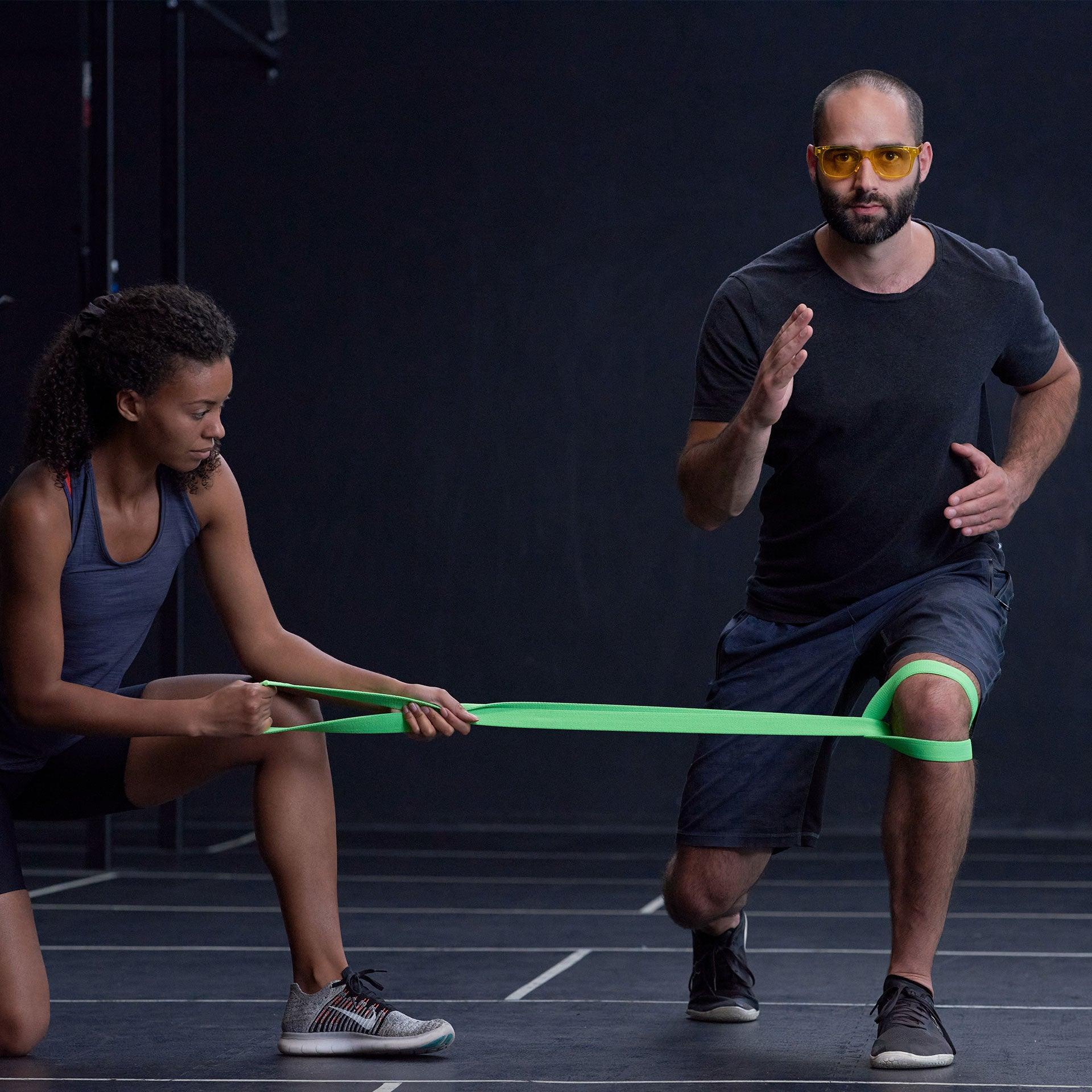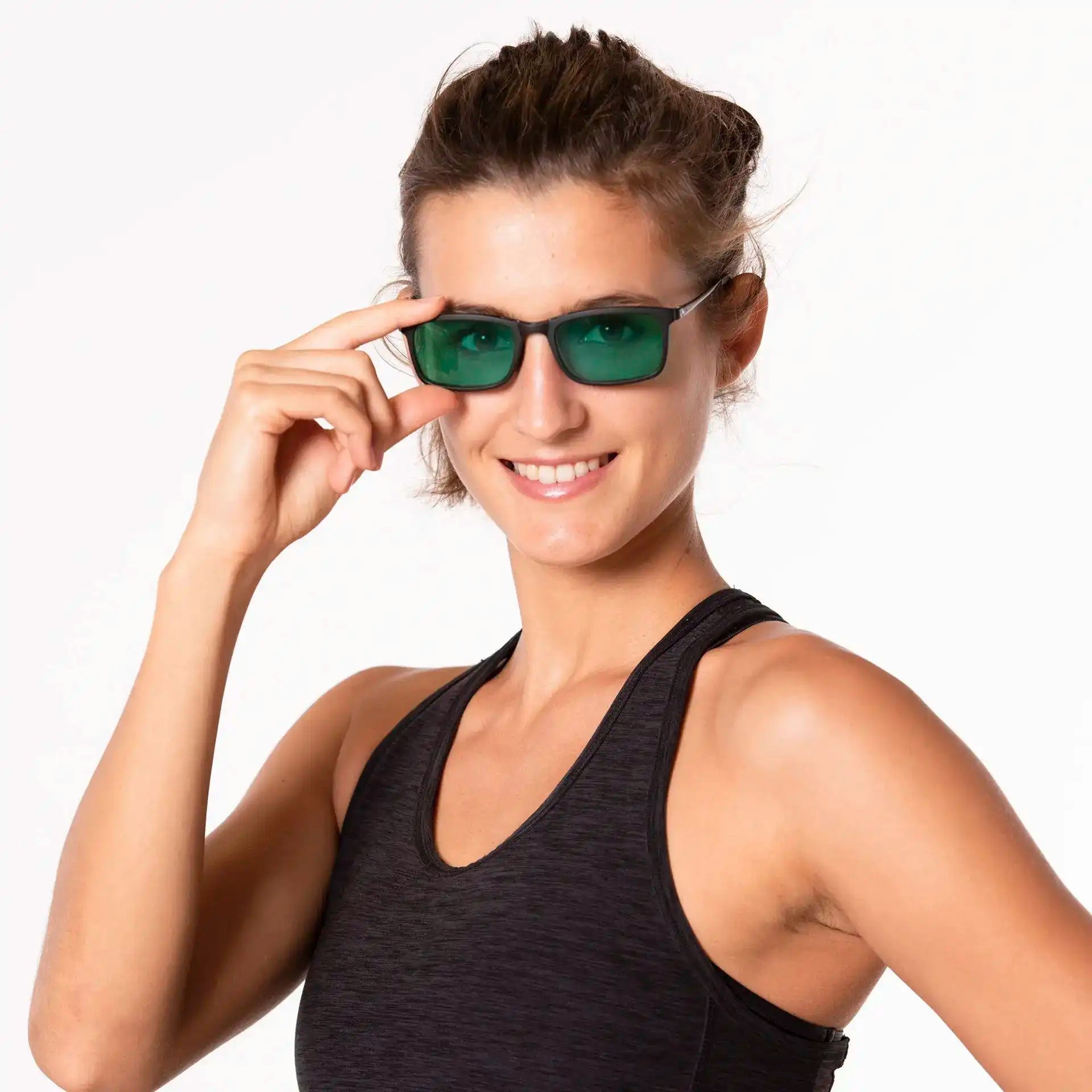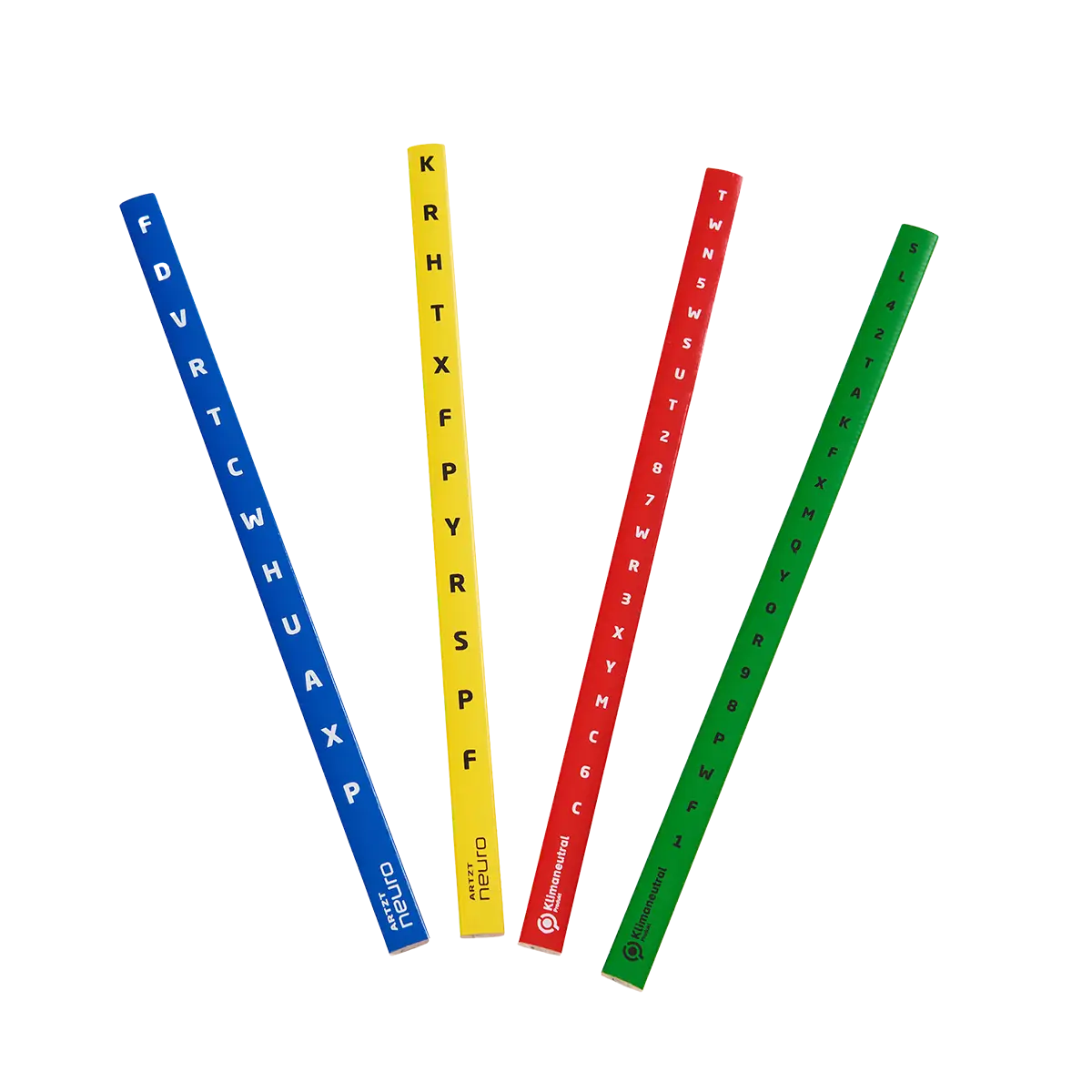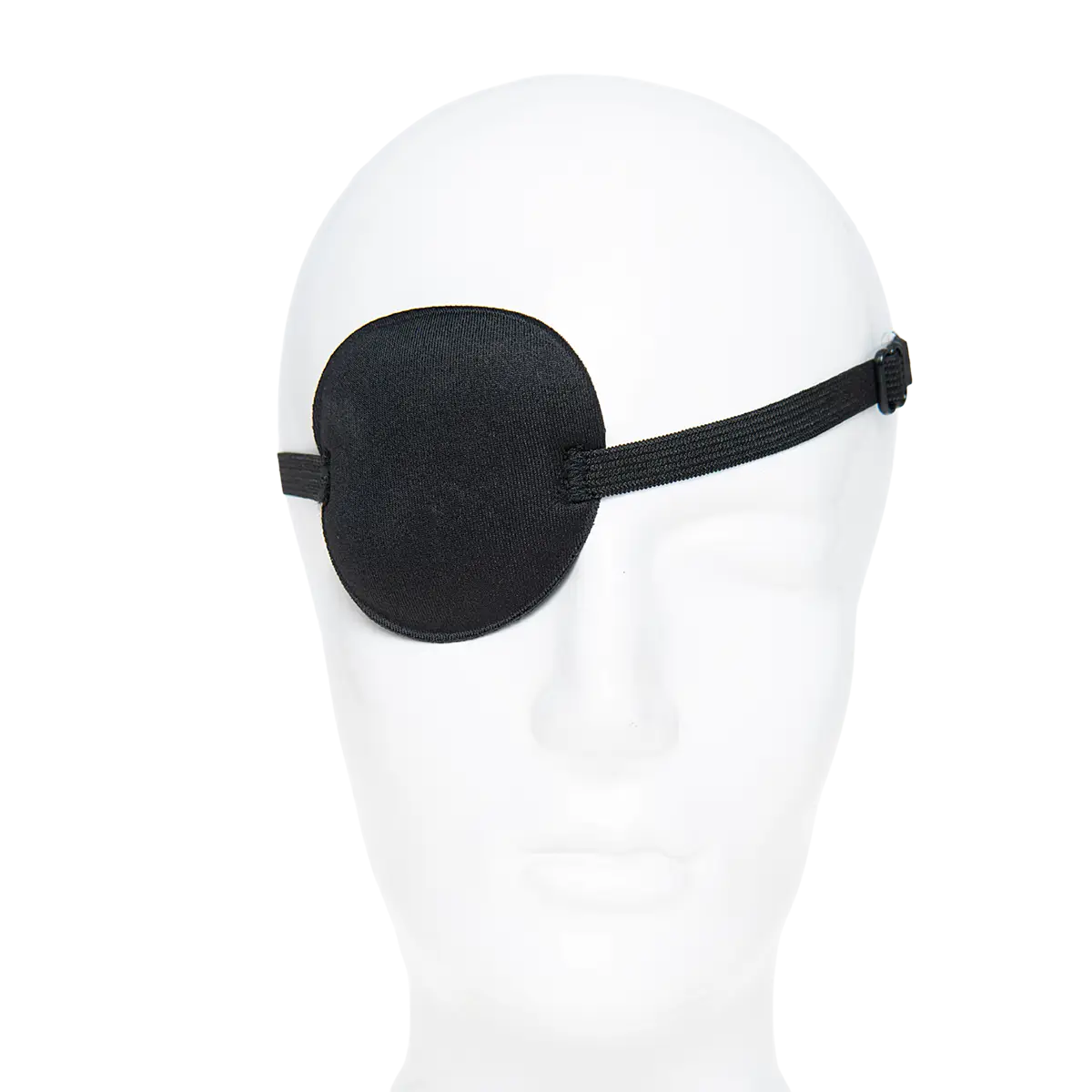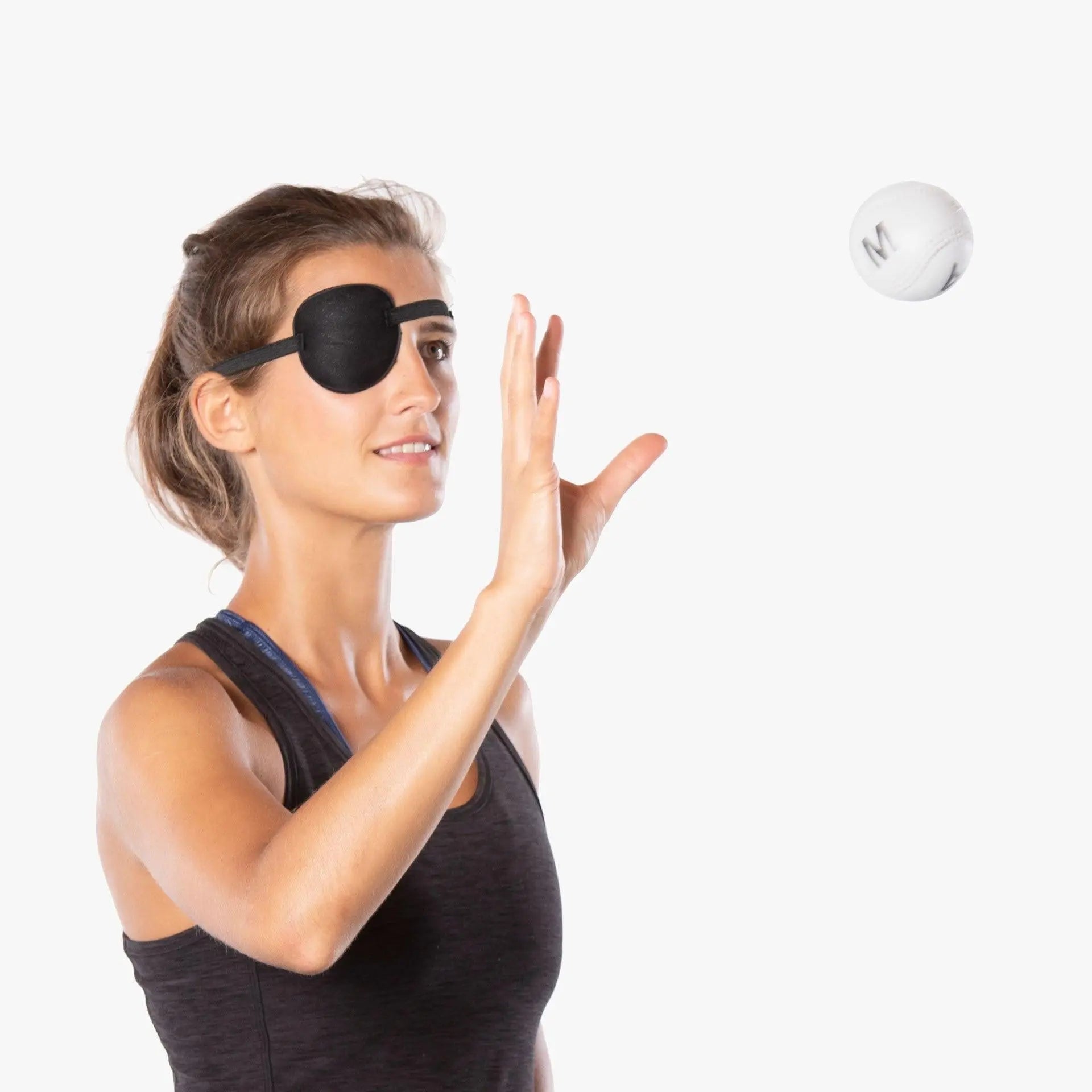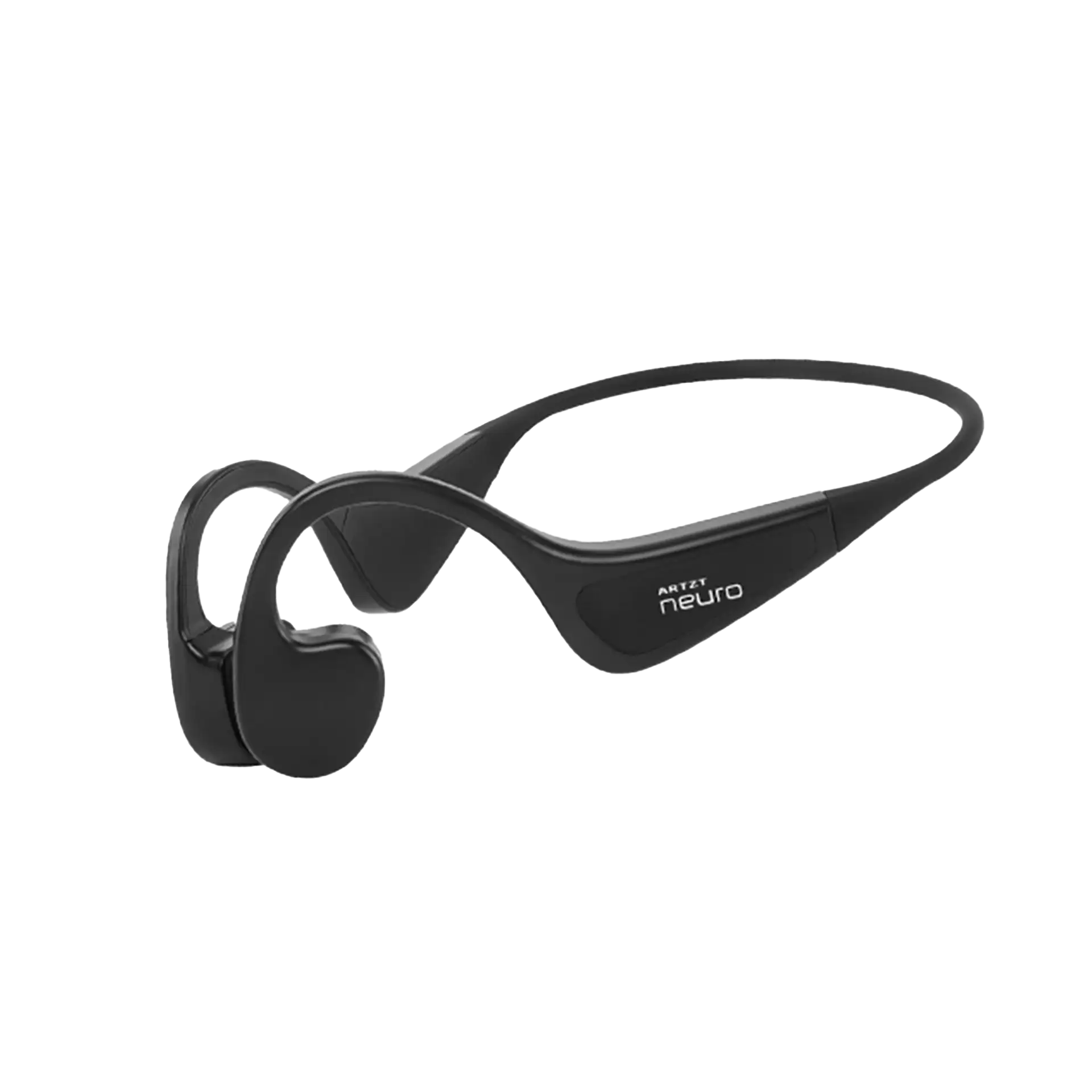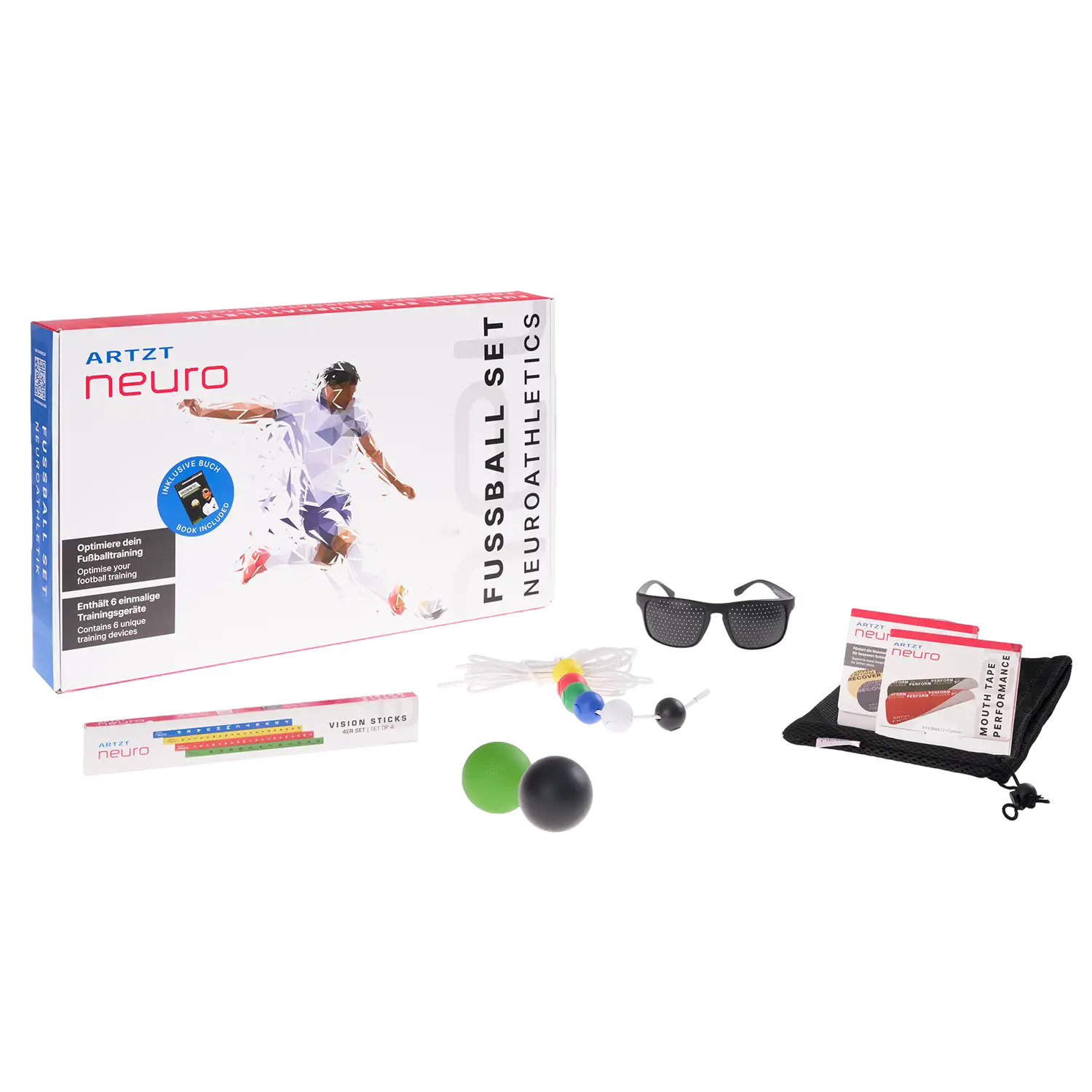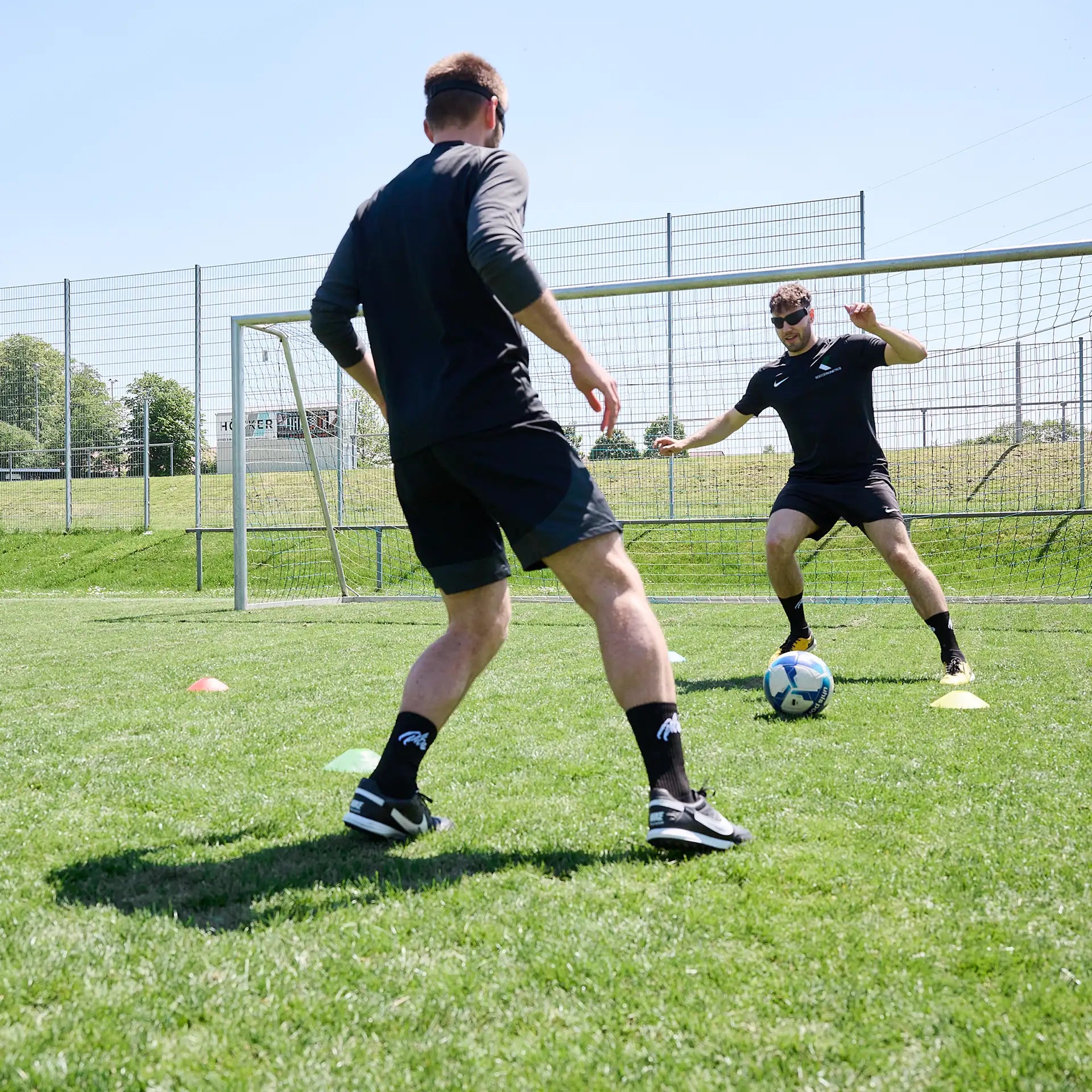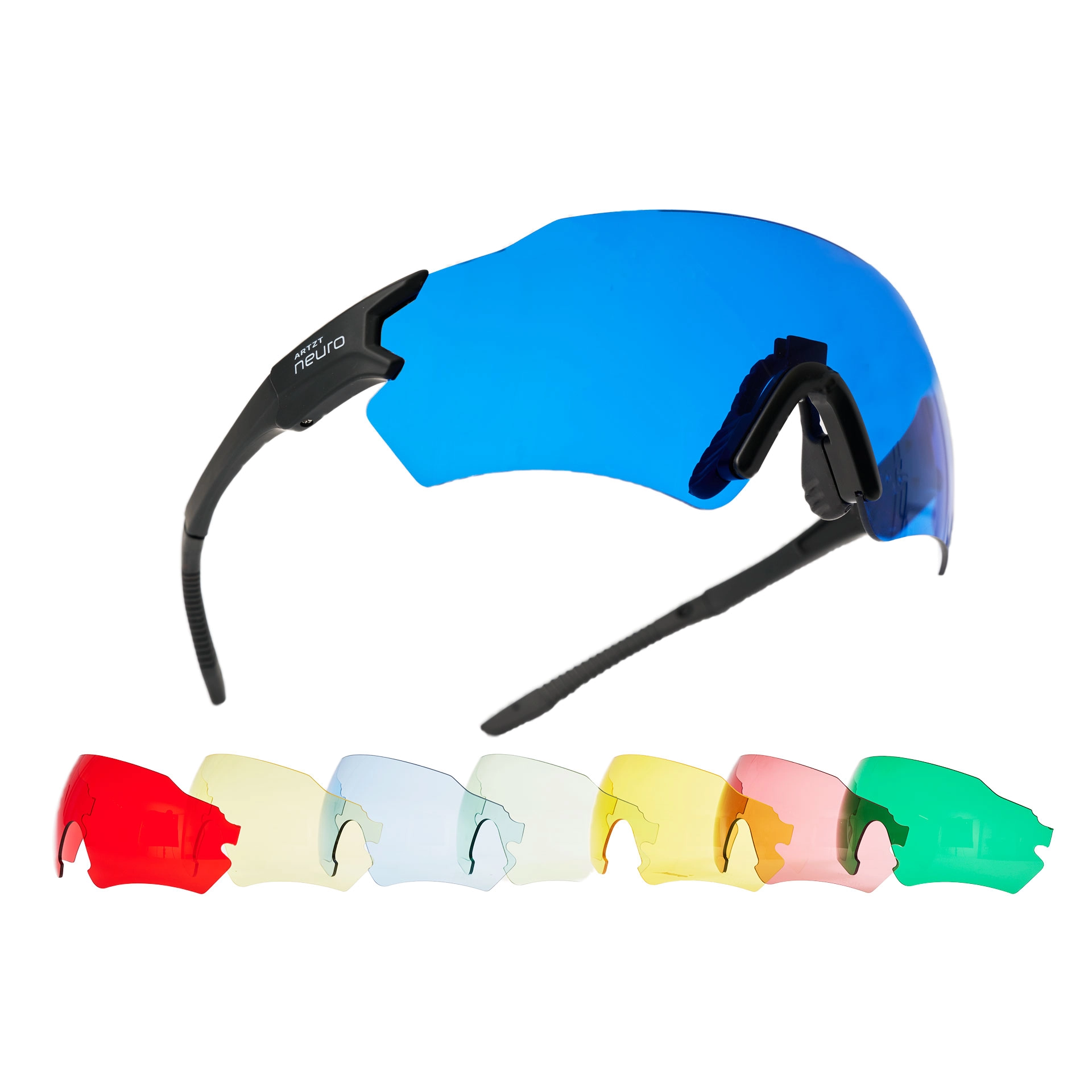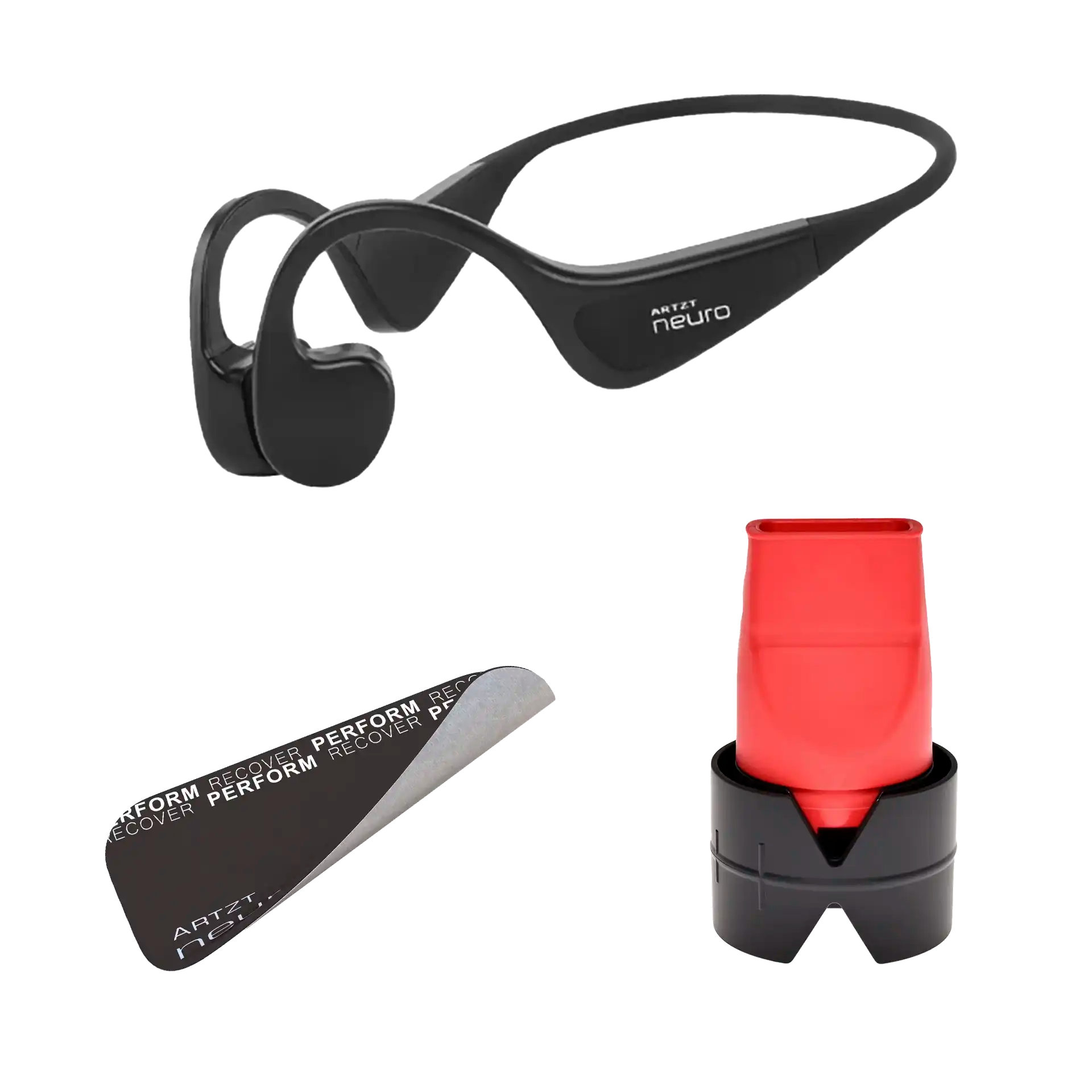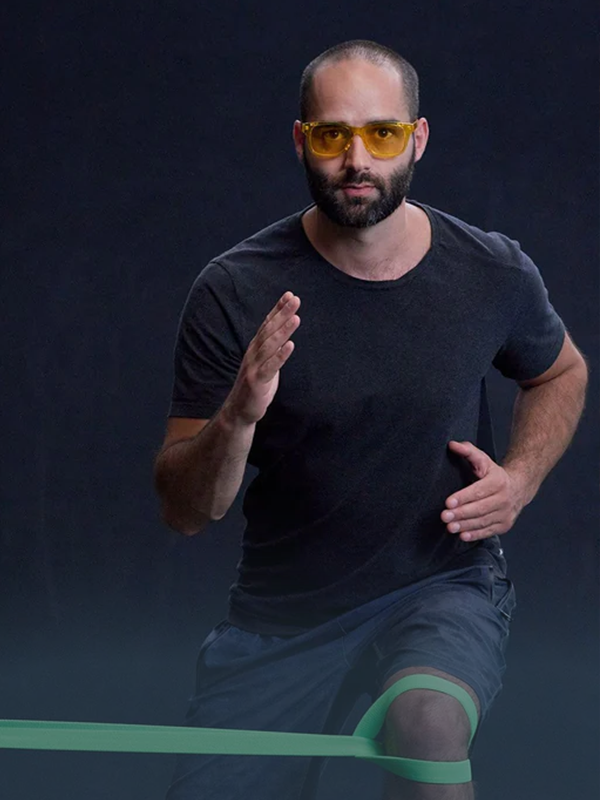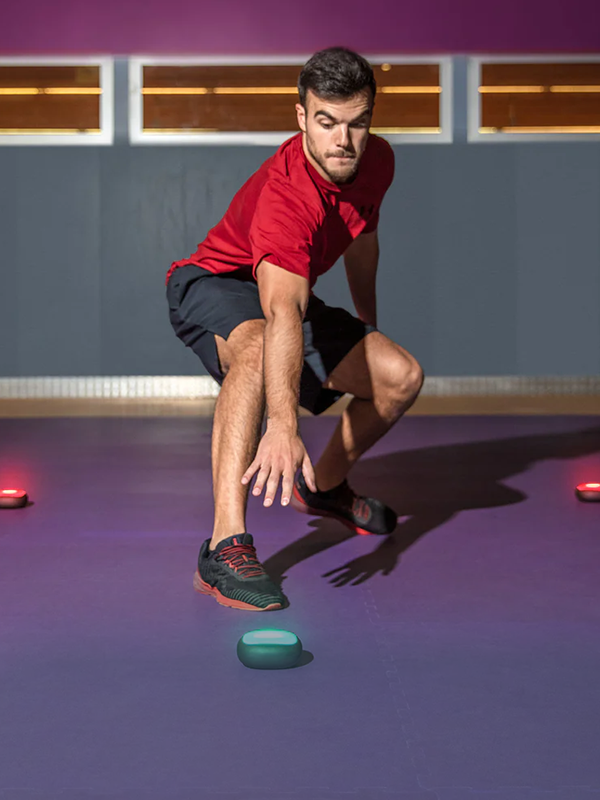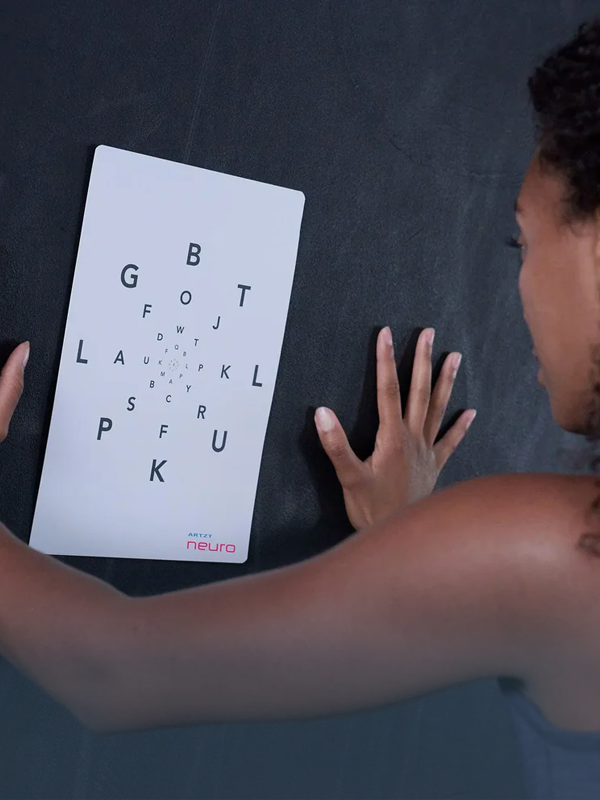Dizziness! What to do? Occasional dizziness, eg after standing up too quickly, is completely normal. The symptoms and causes of dizziness are varied. Sometimes a miscalibrated balance organ can be the cause. We'll show you three exercises that will help you calibrate your balance and get rid of dizziness.
Do you suffer from dizziness? Did you know that you have your own GPS system in your head, or more precisely in your inner ear, which determines your position in space when you are sitting, standing, walking or lying down? The semicircular canals in the inner ear, for example, play a central role in controlling balance.
Unfortunately, your sense of balance can be miscalibrated , which can lead to dizziness and often nausea. Neuroathletics offers simple and practical balance exercises to help your sense of balance get back on track so that the dizziness goes away. Because it doesn't always have to involve medication.
Exercise 1: Eye Stimulation
In the first exercise with the Vision Stick from neuroathletics, you first fixate on the upper letter on the stick, which you hold in front of you at arm's length. While you now move your head sideways to the right and left on a horizontal line, your eyes continue to fixate on the upper letter on the Vision Stick.
Next, do the exercises in a vertical movement : while you nod, keep your eyes fixed on the upper letter. The last step in this exercise is to imagine an imaginary X. Now move your nose diagonally over this X, with your eyes again fixed on the letter on the vision stick, and move your head diagonally. One after the other, "work" on both sides of the imaginary X.
Exercise 2: Biting
In exercise two, you bite. Why? Biting can create more stability , which in turn has a positive effect on the sense of balance. To do this, you bite down on a simple wooden spatula over the entire lateral row of teeth, hold the pressure and move your head sideways at the same time to further stretch the neck muscles.
Exercise 3: Head Control
For the third exercise, Kevin uses the laser from neuroathletics . If the balance system is not working, the body has to resort to other systems to find its way around in space. The laser is used to train through the perception of the eyes . An exciting thing that the trainer demonstrates impressively. It's worth watching!
Medical help for repeated attacks of dizziness
A miscalibrated balance organ is not always the cause of your dizziness. Various illnesses, such as migraines or fluctuations in blood pressure, can also cause dizziness. If you suffer from repeated attacks of dizziness , you should have the cause checked by a doctor.
Conclusion: Regular exercise can help with dizziness
Many people know the feeling when their sense of balance suddenly decreases and a brief dizziness sets in. In some cases, the cause is a brain dysregulation or a circulatory disorder. Rapid head movements can also encourage the onset of dizziness.
The good news: You can actively do something about it! With targeted neuroathletic exercises for dizziness, balance problems can be improved and the interaction between the eyes, inner ear and body can be retrained. While many sufferers initially think of medication, regular exercise is often a gentle and effective treatment.
If you often suffer from symptoms, it is worth listening to your body and trying out specific techniques. Often just a few seconds a day are enough to strengthen your vestibular system (balance system) and to stand safely on your feet again.


